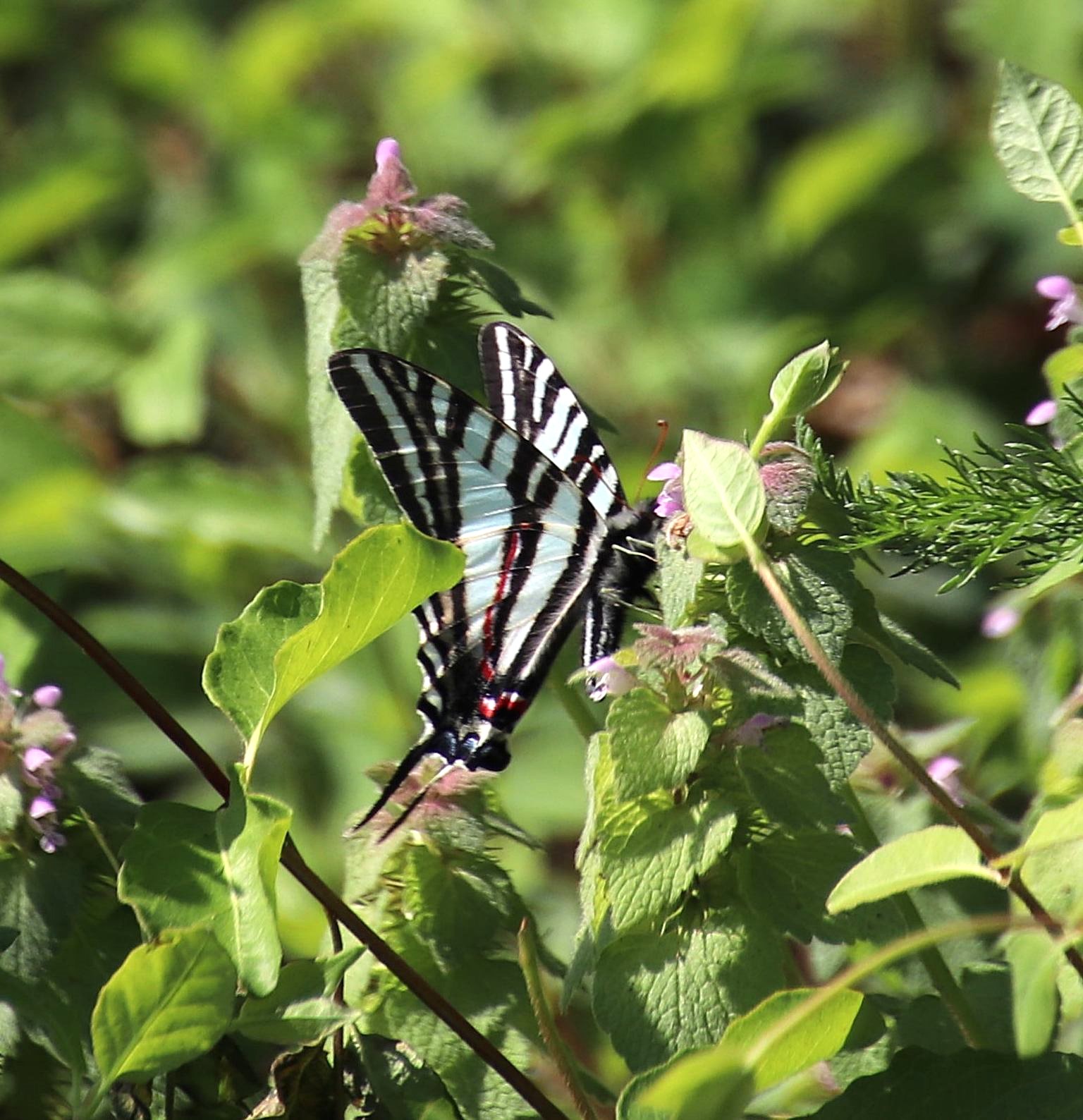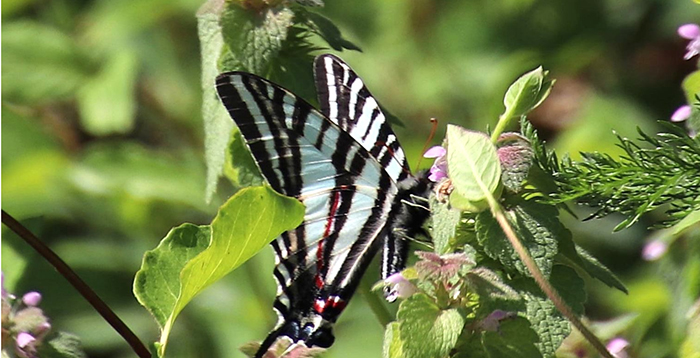

Poison ivy is a common native plant found in woodlands, fields, pastures, farms, and home landscapes. All parts of the poison ivy plant are poisonous to humans – the leaves, stems, and roots all contain the irritating oil urushiol. However, poison ivy berries are a nutritious food for migrating birds and other animals.
Poison ivy flowers are small and off-white with orange centers. They grow in clusters and bloom in Spring. In late Summer, the flowers develop into berries, which start out green, then ripen to white in early Fall.
The leaf shape of poison ivy can vary even on the same plant. They all have the characteristic three leaflets but the leaf margins can be smooth, wavy, lobed, or toothed.
When growing on a tree, mature poison ivy vines become thick and develop dark brown hairy holdfast growths. The vines do not harm the trees to which they are attached.
If you accidentally touch poison ivy, one of the best things to do is wash the exposed skin with cool water. Soap should be avoided if it contains oil, as oil actually helps spread the poison. Another approach is to bathe the skin with alcohol and then rinse the exposed area with water.
Mystery Monday is sponsored by the Spy Newspapers and Adkins Arboretum.



Write a Letter to the Editor on this Article
We encourage readers to offer their point of view on this article by submitting the following form. Editing is sometimes necessary and is done at the discretion of the editorial staff.